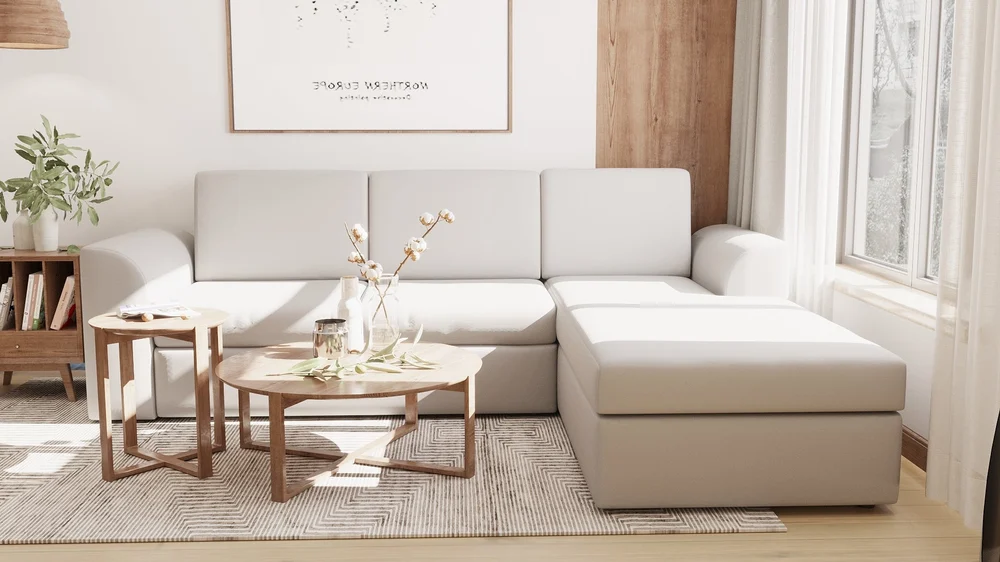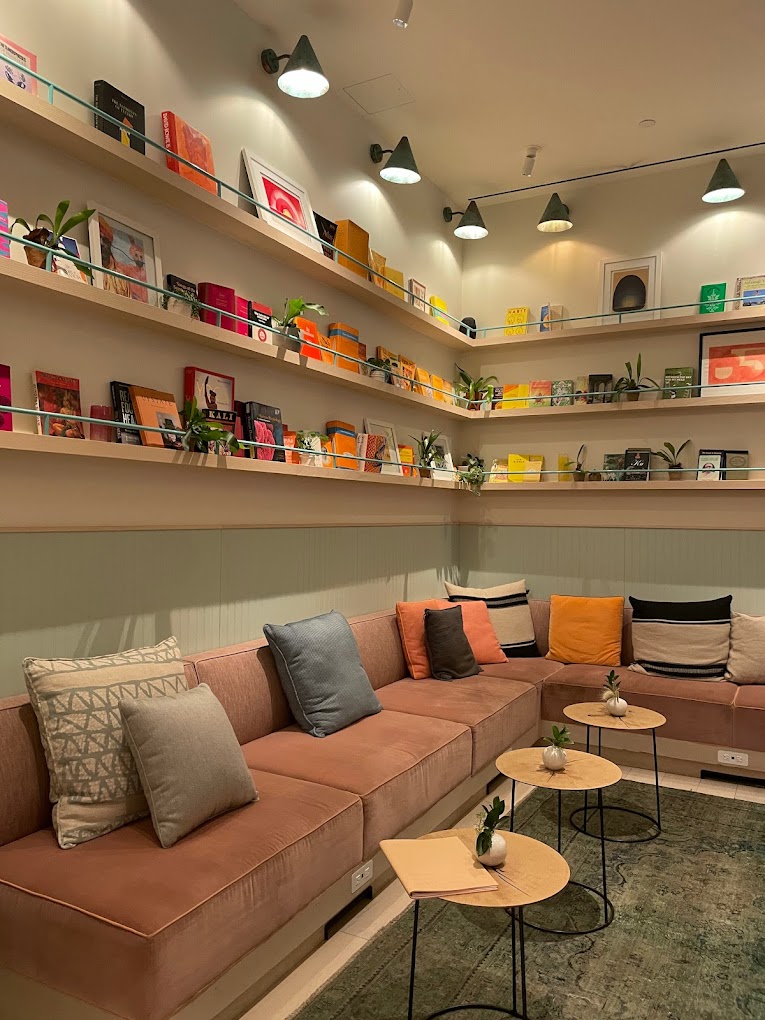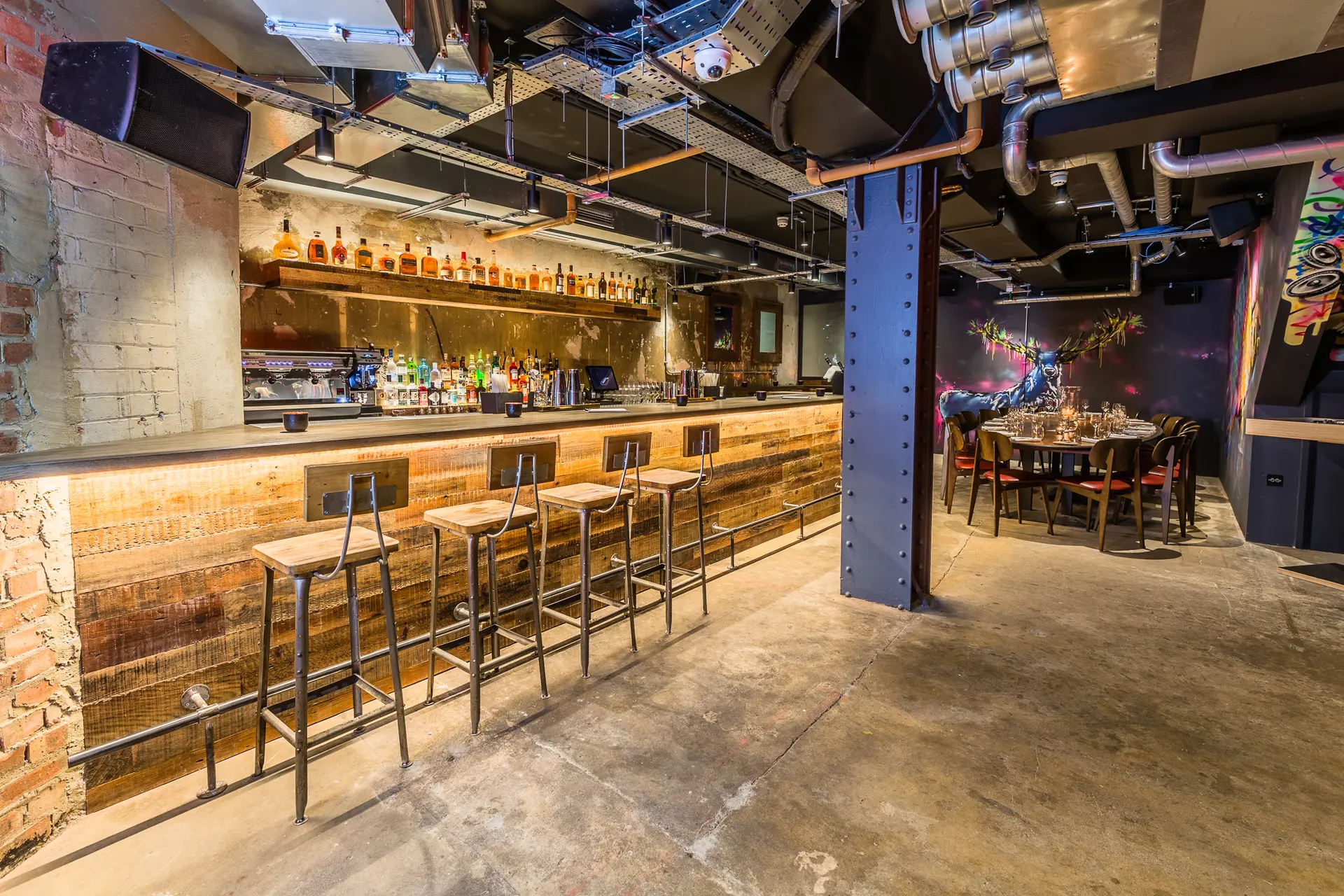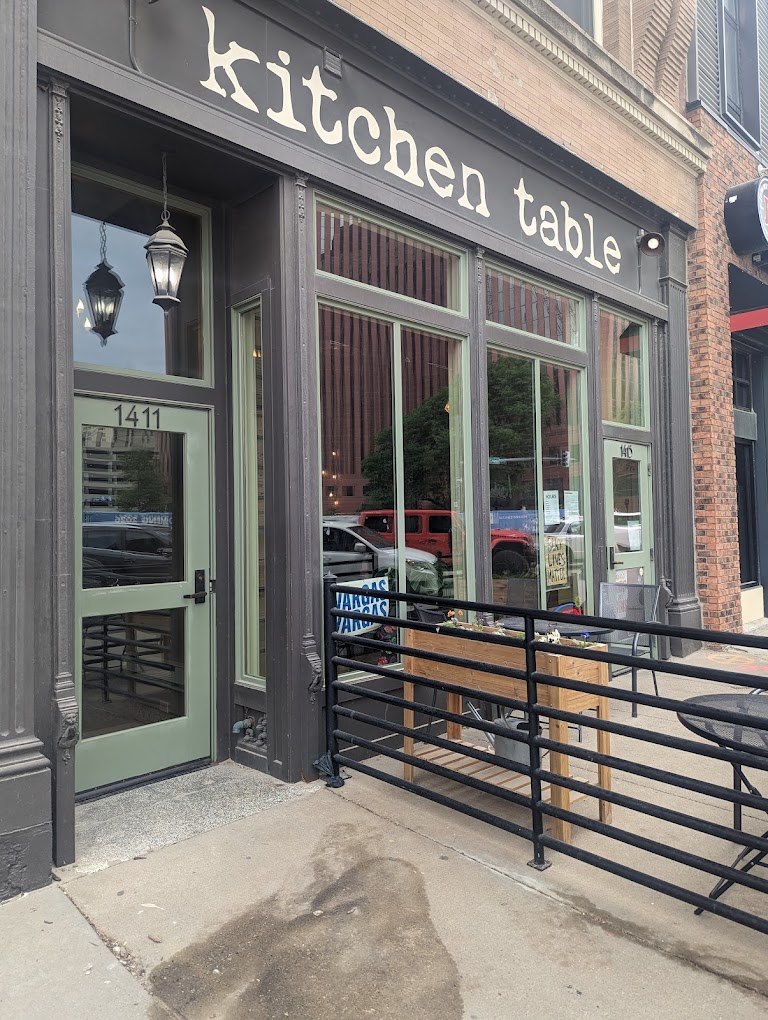Oval dining tables have graced elegant dining rooms for centuries. But some question if their flowing oval shapes now seem outdated compared to modern rectangular tables or round pedestal tables. In this in-depth guide, we’ll trace the history of oval dining tables, examine their enduring design merits, and explore how to give oval tables a refreshed contemporary style perfect for today’s homes.
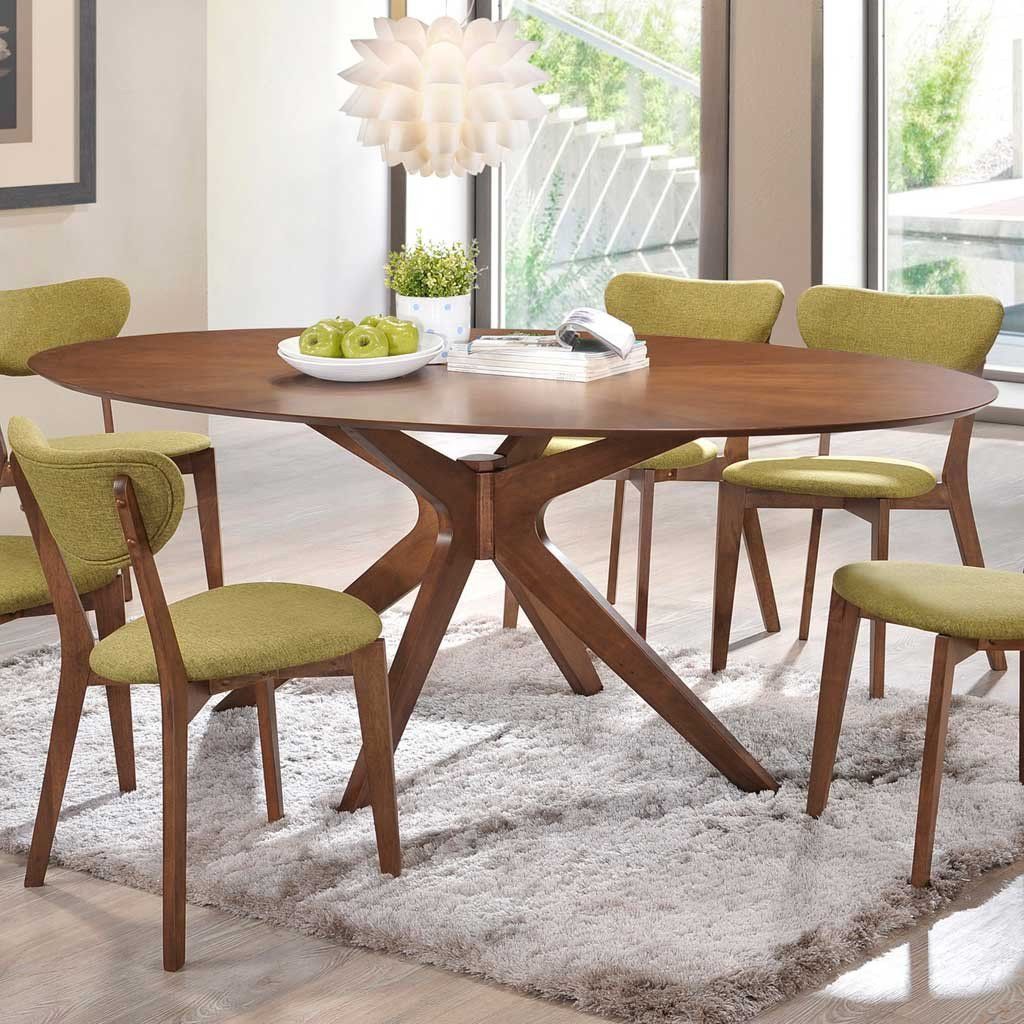
Tracing the Origin and Evolution of Oval Dining Tables
To understand the oval dining table’s place in contemporary interiors, it helps to examine the historical context of its design.
Renaissance Origins
Oval tables first emerged during the Renaissance period as an elegant alternative to heavy rectangular refectory tables and bulky boards placed on trestles. The oval’s softer, more intimate shape was well-suited to the smaller formal dining rooms of royal estates and manor homes of the era.
18th Century Popularity
Oval tables reached the height of popularity in 18th century England and early America. Extending dining tables with removable leaves became common, allowing oval tables to adapt to both grand entertaining and family meals. Famed cabinetmakers like Chippendale and Hepplewhite crafted exquisite oval dining tables that remain iconic today.
19th Century Prominence
During the Victorian period, the oval pedestal table became a standard furnishing in upper and middle class formal dining rooms. Mahogany and walnut oval tables were often dressed with elaborate tablecloths, cruets, and candelabras. The oval shape lent an air of pomp while still feeling more intimate and conversational than the rectangle.
Mid-Century Ubiquity
By postwar 1950s America, affordable oval laminate tables proliferated in diners and suburban homes across the country. Their cost and adaptability made them a dining room default for generations. Throughout the 60s and 70s, oval tables spanned styles from Danish Modern to faux-Colonial.
Postmodern Decline
With the rise of postmodernism in the 1980s and minimalism in the 90s, oval tables fell out of favor as too ornate and old-fashioned. Spare lines, metal materials, and earthy woods dominated over their burled veneers and decorative pedestals.
21st Century Resurgence
However, after decades of rectangle dominance, the oval dining table is resurging once again. Contemporary homes are rediscovering the oval’s timeless grace and welcoming back its softer silhouette through fresh modern designs.
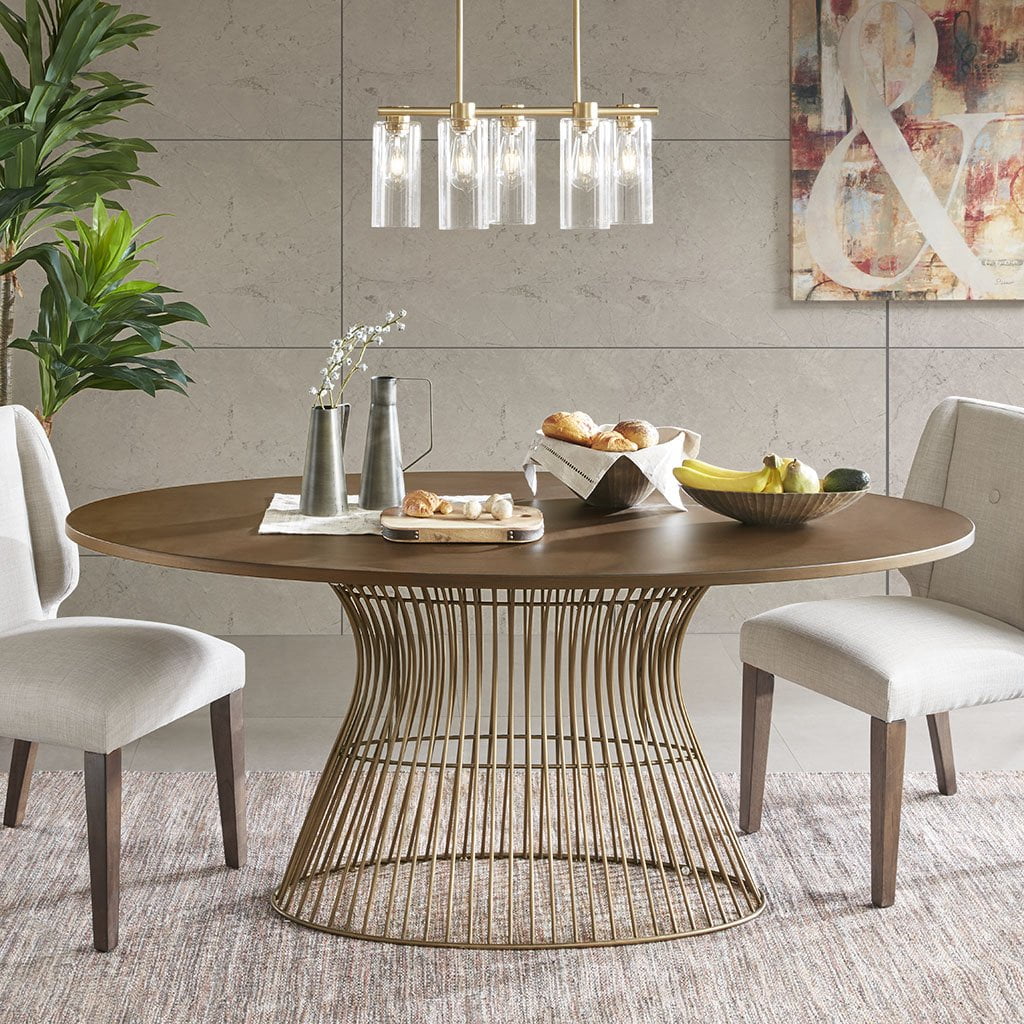
Examining Why Oval Dining Tables Endure
Beyond passing trends, oval dining tables possess several core design qualities that explain their persistence as classics:
Space-Saving Dimensions
The tapered ends of ovals allow more diners to comfortably gather around them than round tables, while occupying less floor space than rectangles. This makes them ideal choices for apartment dining rooms and smaller footprints.
Harmonious Proportions
Oval shapes convey an intrinsic visual harmony. Their balanced oblong silhouettes and softened corners create an elegant figural form. The eye is drawn along their curves.
Flexible Seating Arrangements
Unlike square tables, ovals allow both grand and intimate seating configurations. Their curved ends and straight sides accommodate everything from lavish formal place-settings to cozy weekday family meals.
Sweeping Lines
Oval tables introduce flowing lines to dining rooms, contrasting pleasingly with hard lines and boxy footprints. Their organic contours complement curved architectural details.
Nostalgic Charm
Vintage oval dining tables bring a warmth and familiarity that appeals to many homeowners. The nostalgia factor makes them popular for refinishing into one-of-a-kind antique revivals.
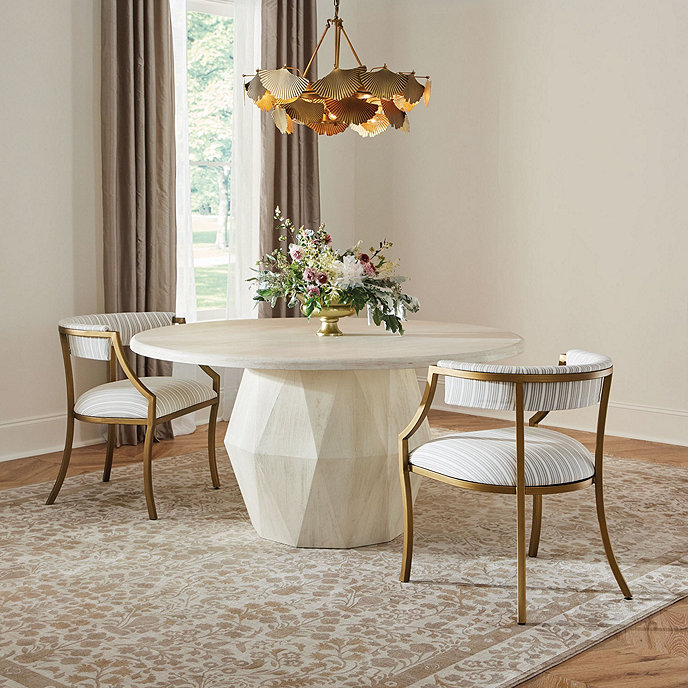
Giving Oval Tables a Fresh and Modern Update
For those who appreciate the oval aesthetic but don’t want their table to seem outdated, there are many ways to give oval dining tables a current look:
Metal Base Materials
Sleek tubular stainless steel, matte black, or brass oval pedestal bases bring a contemporary edge, especially when supporting glass tops.
Glass Tops
From smoked to splashy colored to frosted finishes, glass oval table tops in all their iterations provide lightweight luminosity. Etched glass adds dimension.
Acacia and Walnut Tops
Warm acacia or walnut wood oval tops on black metal bases strike a modern organic-industrial balance.
Parsons Legs
Append thin Parsons-style legs to oval table tops to streamline the silhouette. This modernized spin works well in casual to Scandinavian spaces.
Molded Materials
Acrylic or colored plastic bases paired with wood tops lend fun retro-modern contrast.
Built-In Extensions
Integrated leaves or slide-out inserts maximize shape flexibility for both intimate and expanded needs.
Creative Chairs
Pairing oval tables with transparent acrylic or mid-century modern chairs accentuates the contemporary mix.
Verdict: Oval Tables Stand the Test of Time
While the familiarity of Mid-Century ovals caused their reputation to languish for decades, the tide has shifted back to appreciating their grace. Oval dining tables are now thoughtfully being reintroduced for 21st century lifestyles.
Their flowing silhouettes bring softness to rigid spaces. They harmonize beautifully with current eclectic furnishing styles. And they retain their savvy space-saving dimensions. Oval dining tables may periodically fall out of vogue, but their merits give them an enduring place setting in stylish, livable and efficient modern homes.






